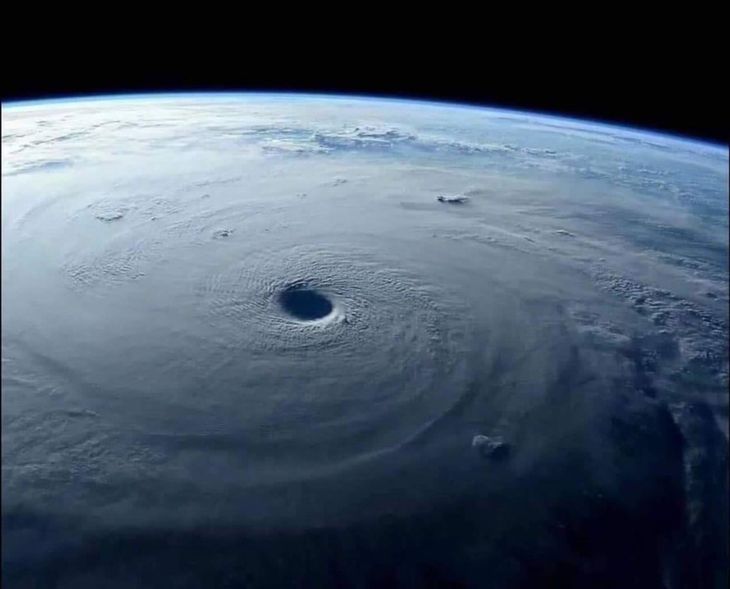The change may intensify the effects of the cyclone upon landfall. How it is formed and what are the adverse effects it can bring.
The fearsome Hurricane Milton became the news of the last week given its magnitude, the destruction caused in Mexico and the imminent arrival on the west coast of Florida, United States.
The content you want to access is exclusive to subscribers.
In this framework, it is important to explain that the hurricanes They are unpredictable atmospheric phenomena, especially in terms of their constant changes. They are formed thanks to the energy of warm waters and windswhich represents a challenge for meteorologistswho must continuously monitor them through radars and satellites.


Hurricane Milton.jpg

The structure of a hurricane is divided into three parts: the eye, the eyewall and the rain bands. The eyewall is the area closest to the center, where the most intense storms occur.
Due to the significance of Milton, and Helene’s earlier appearance, It is important to mention that one of the most surprising events of these phenomena is the “eyewall replacement”, which is observed in Category 3 to 5 hurricanes.
Hurricane Milton: what is eyewall replacement, the process that makes this phenomenon even more dangerous
This process can modify the intensity and effects of the cyclone upon landfall. For example, the Hurricane Milton that reached category 5 with winds of 285 km/h, experienced a replacement cycle, temporarily weakening before intensifying again to 270 km/h while heading towards Florida.
The structure of a hurricane It is divided into three parts: the eye, the eyewall and the rain bands. The eyewall is the area closest to the center, where the most intense storms occur.
Replacement involves the formation of a new external wall that can drown the old one, causing fluctuations in the intensity of the hurricane.
This process can take between 12 and 18 hours, or even several days, and can occur multiple times during the life of a cyclone.
Source: Ambito
I am a 24-year-old writer and journalist who has been working in the news industry for the past two years. I write primarily about market news, so if you’re looking for insights into what’s going on in the stock market or economic indicators, you’ve come to the right place. I also dabble in writing articles on lifestyle trends and pop culture news.




